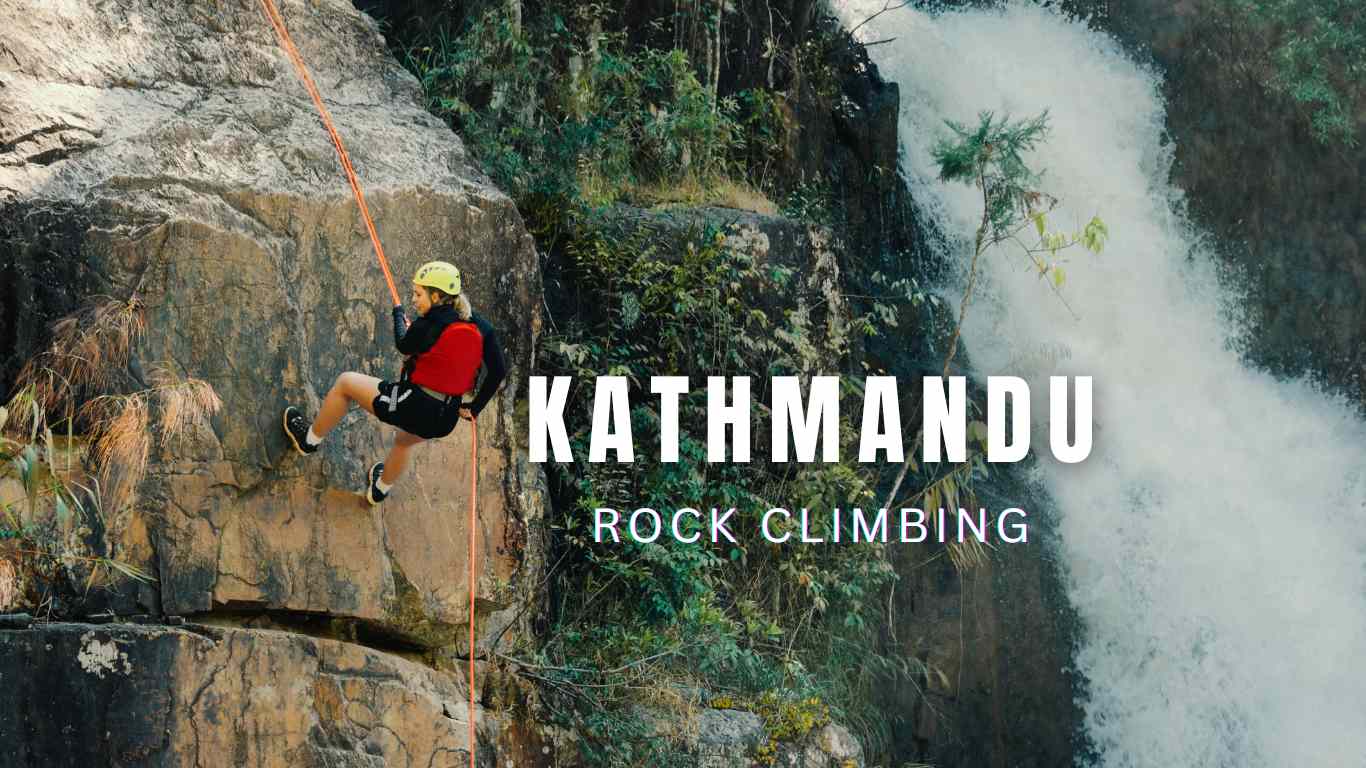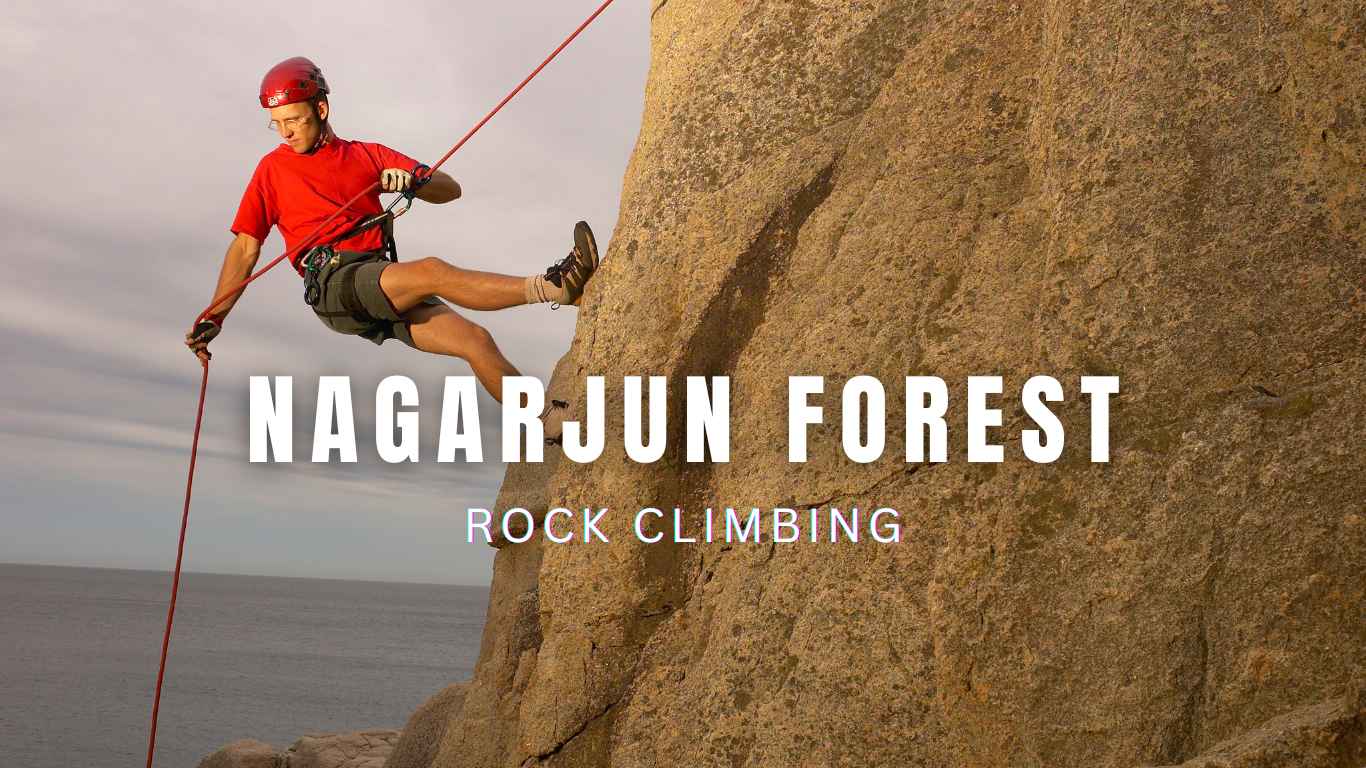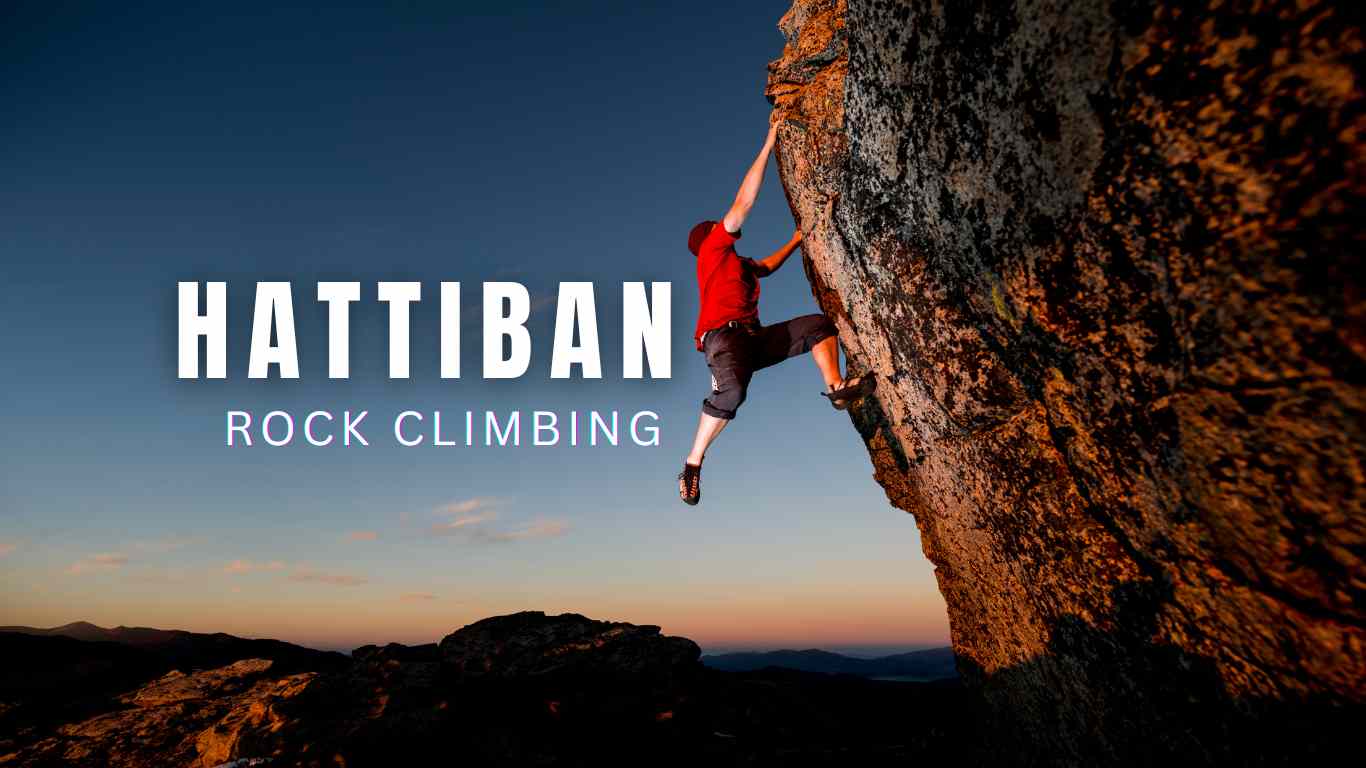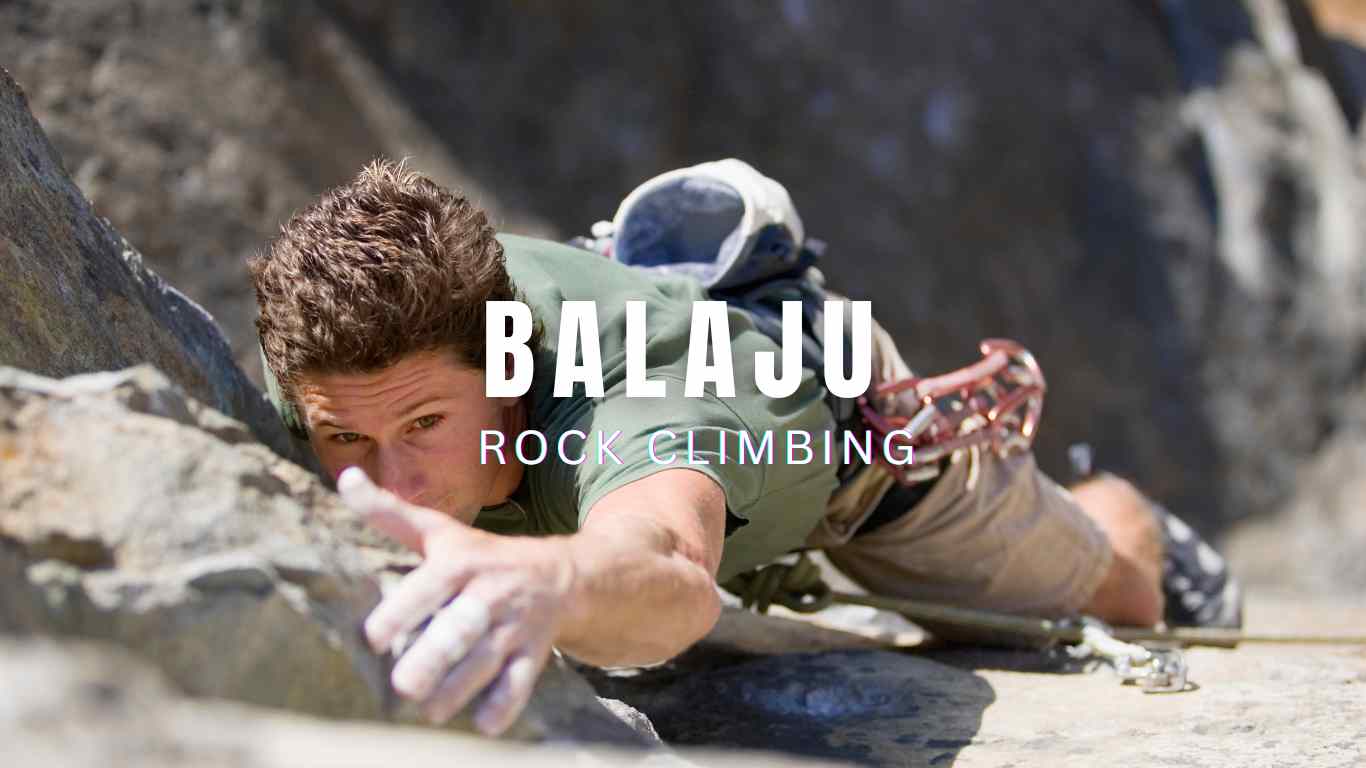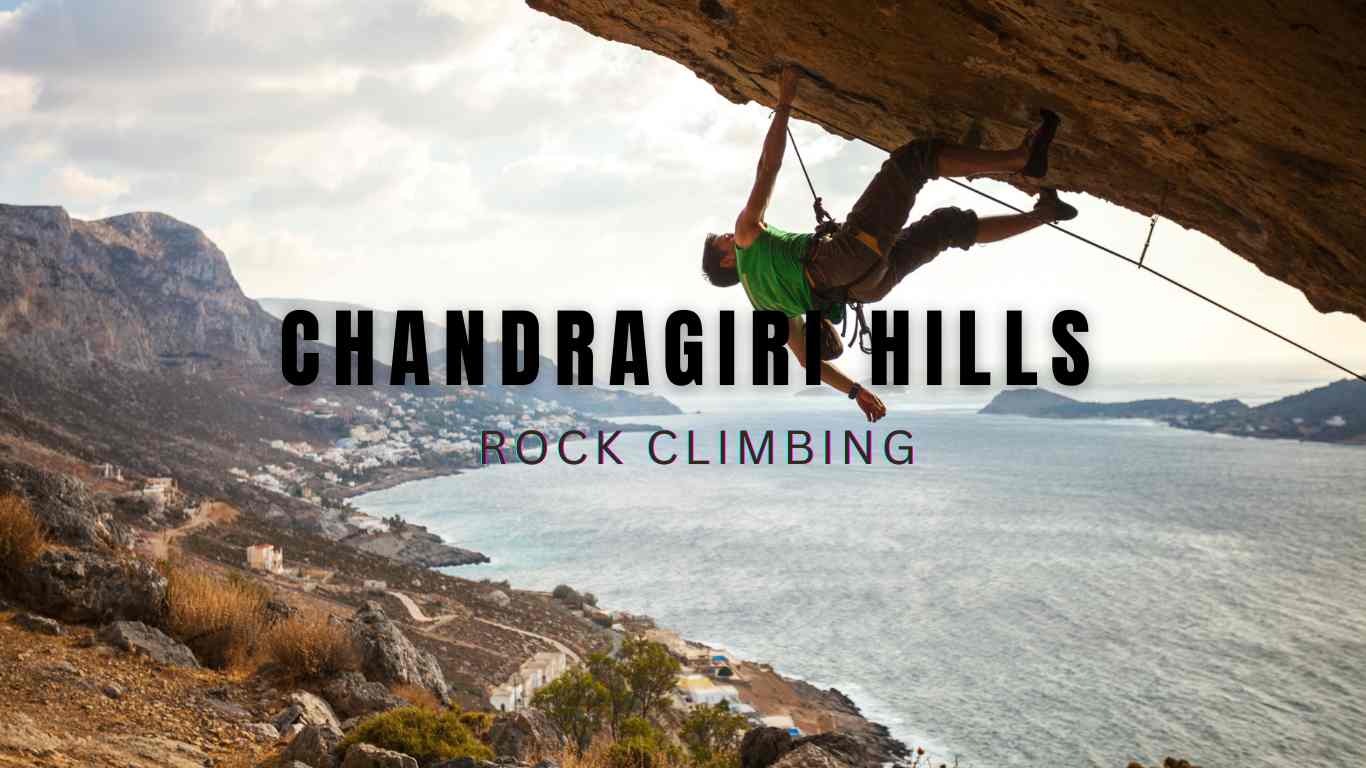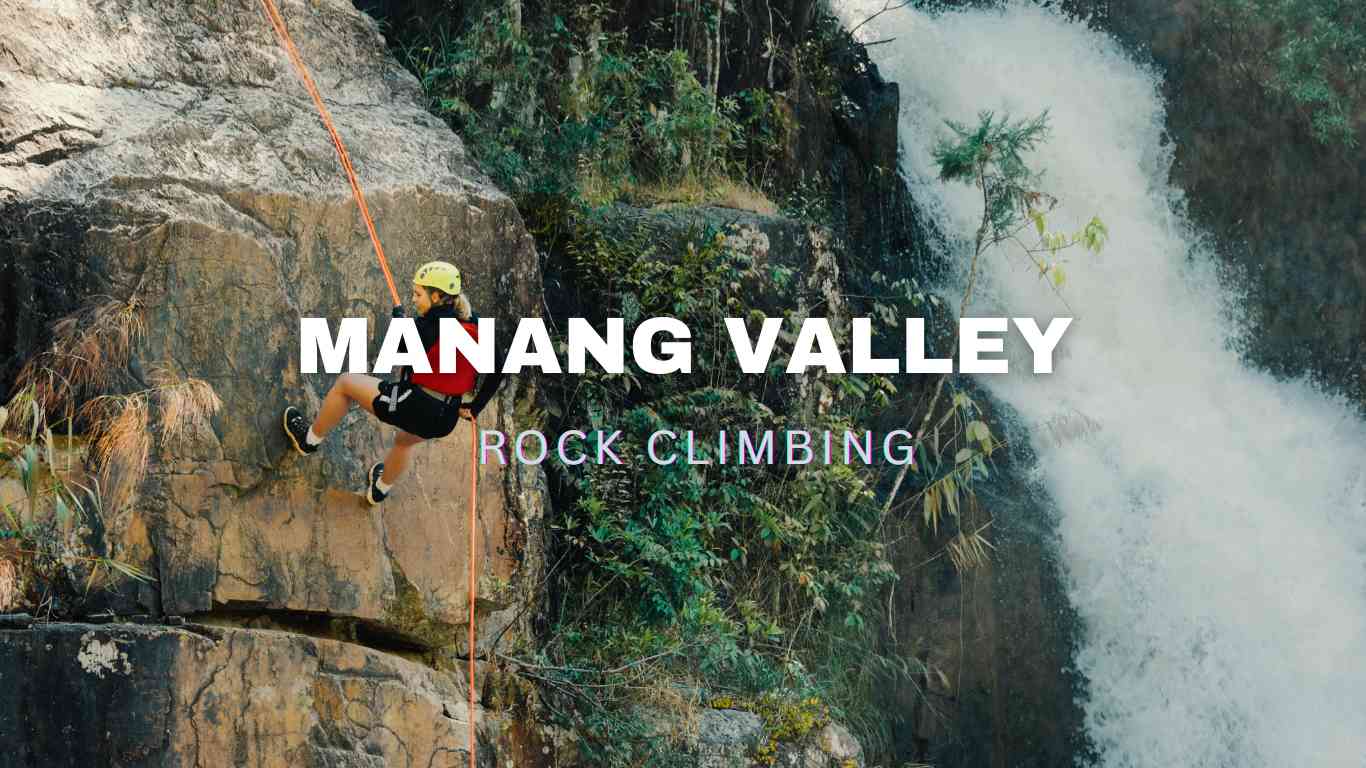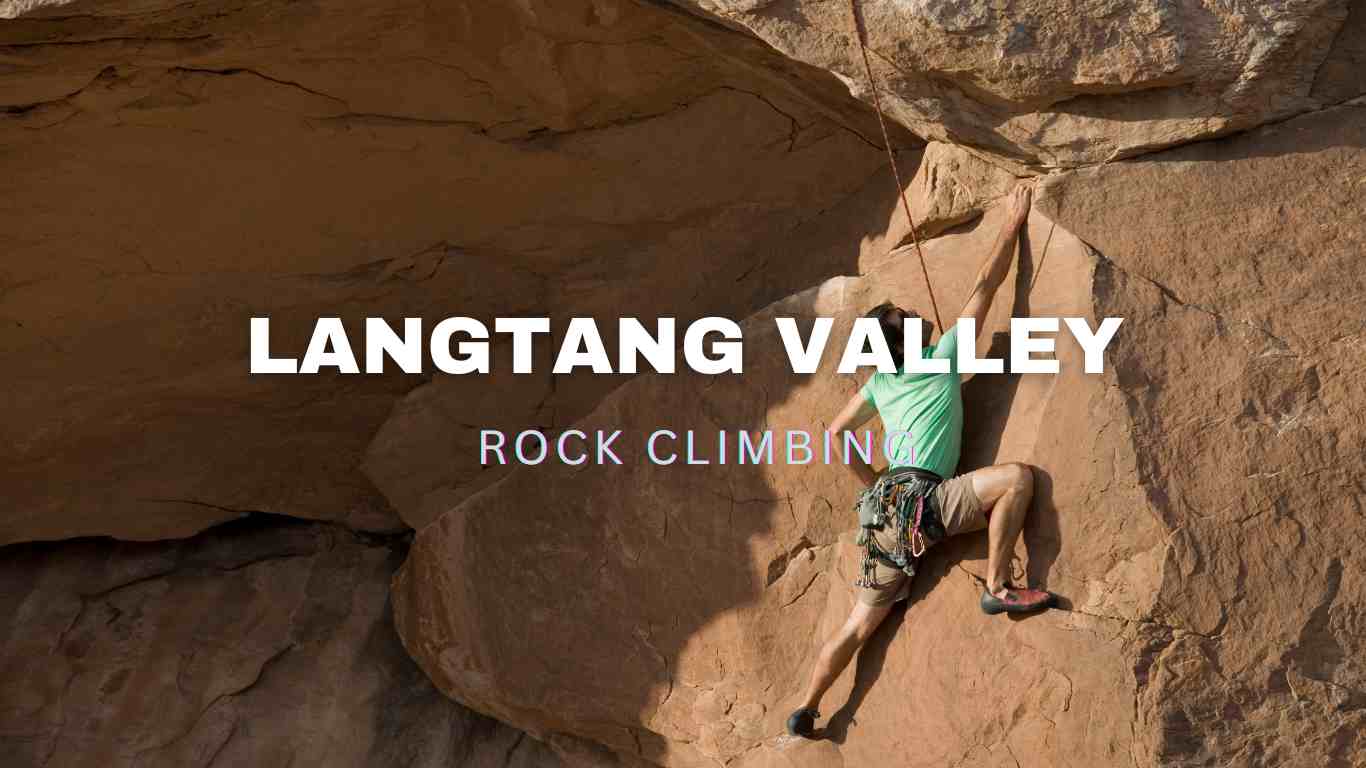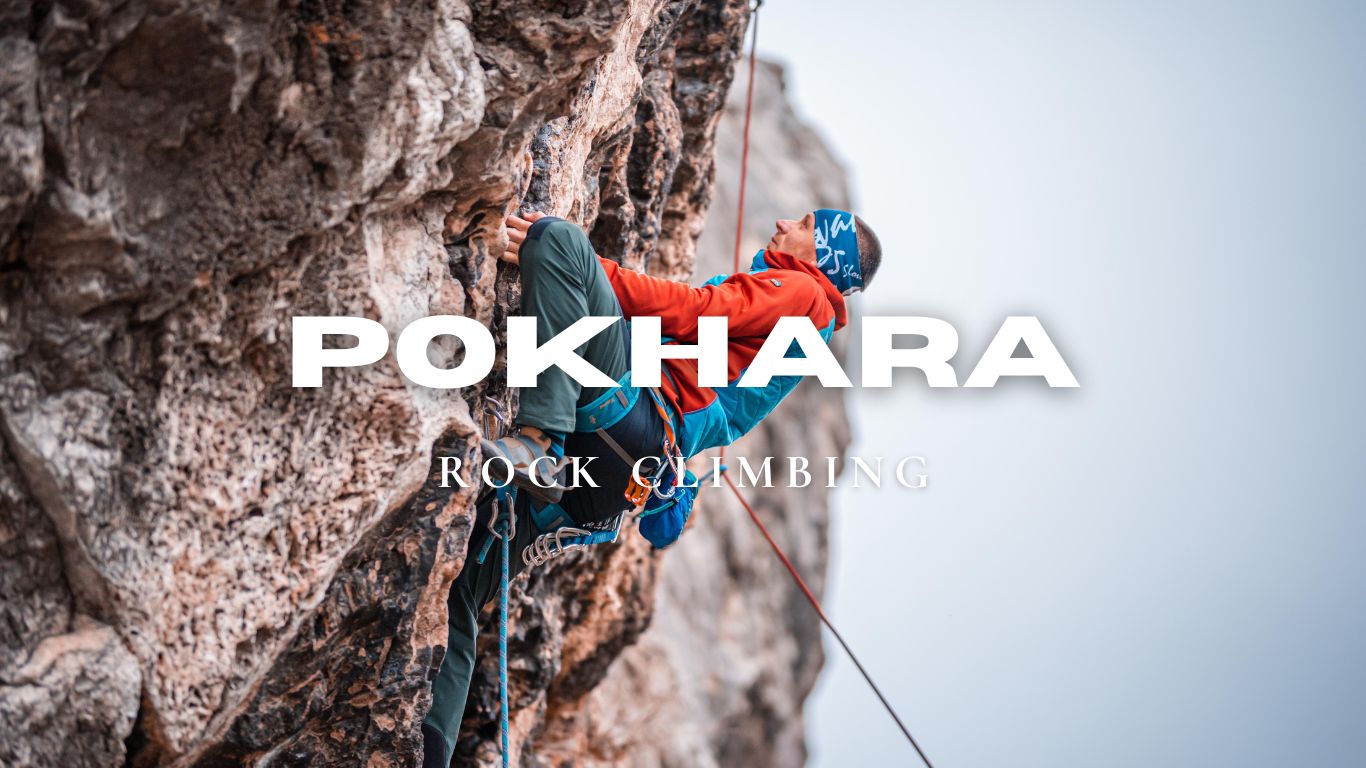Rock Climbing in Kathmandu, Nepal
Beyond the bustling streets and vibrant culture, Kathmandu offers a hidden gem for adventure seekers: a thriving urban climbing scene. With dedicated climbing gyms and natural rock formations nestled within the city limits, Kathmandu caters to both seasoned climbers and aspiring enthusiasts. Evolution of Rock Climbing in Kathmandu Once considered a niche activity, rock climbing in Kathmandu has experienced a surge in popularity. This growth can be attributed to several factors, including: Increased awareness: With growing international exposure, climbing has become more accessible and attractive to a wider audience. Development of climbing facilities: The establishment of modern climbing gyms has provided safe and controlled environments for learning and practicing the sport. Rise in local talent: A growing number of talented Nepali climbers have inspired others and placed Kathmandu on the global climbing map. Why Kathmandu is a Climber’s Haven Kathmandu offers several unique advantages for climbers: Diverse climbing opportunities: From challenging outdoor climbs to beginner-friendly gym routes, there’s something for every skill level. Accessibility: Gyms and climbing areas are conveniently located within the city, making them easily accessible for both locals and visitors. Affordable options: Compared to other climbing destinations, Kathmandu offers budget-friendly climbing experiences. Vibrant climbing community: A passionate community of climbers welcomes newcomers and fosters a supportive environment. Urban Climbing Venues Kathmandu boasts several state-of-the-art climbing gyms, each offering unique features and amenities: Gym A: The Pulse of Urban Climbing This gym features extensive climbing walls with varying difficulty levels, bouldering areas, training equipment, and a cafe. It’s a popular spot for climbers of all levels and offers regular workshops and events. Gym B: Fusion of Tradition and Modernity Nestled in a historic building, this gym combines traditional Nepali architecture with modern climbing facilities. It offers a unique atmosphere and caters to experienced climbers seeking challenging routes. Natural Rock Formations Beyond the city walls, Kathmandu offers a variety of natural rock formations for adventurous climbers: Hattiban: This secluded area boasts limestone cliffs with various routes, offering stunning views of the surrounding landscape. Nagarjun: This hilltop location features challenging rock faces and provides panoramic views of the Kathmandu Valley. Chhango Camp Sundarijal: This scenic spot offers a mix of bouldering and top-rope climbing opportunities, surrounded by lush greenery. Iconic Urban Peaks for Climbers Kathmandu also holds iconic peaks for experienced climbers: Pharping: This massive cliff face offers multi-pitch climbs with breathtaking views of the city and valley. Dollu: This challenging rock face features technical routes and is popular among experienced climbers seeking an adrenaline rush. Essential Gear and Equipment Gear Checklist for Urban Climbing Climbing shoes Harness Belay device Helmet Chalk bag Ropes and quickdraws (for outdoor climbing) Top Brands and Shops in Kathmandu Several shops in Kathmandu cater to climbers’ needs, offering a wide range of equipment and gear from leading brands: Shop A: This renowned store offers a comprehensive selection of high-quality climbing gear, apparel, and accessories. Shop B: This locally owned shop provides affordable gear options and expert advice for both beginners and experienced climbers. By embracing the vibrant climbing scene, exploring diverse climbing venues, and equipping themselves with essential gear, climbers can experience the thrill of ascending urban peaks in Kathmandu. So, lace up your shoes, challenge yourself, and discover the hidden heights within the heart of this bustling city. Safety Measures and Training Safety is paramount in Kathmandu’s climbing scene. Both gyms and outdoor climbing sites have strict safety protocols in place, including: Regular equipment inspections: Gear is thoroughly inspected to ensure climber safety. Mandatory safety briefings: Climbers receive comprehensive safety briefings before attempting any climb Qualified instructors and guides: Trained professionals supervise all climbing activities and ensure proper technique and safety protocols are followed Emergency preparedness: Plans and resources are readily available to address potential emergencies. Certified Instructors and Training Programs Kathmandu offers numerous training programs conducted by certified instructors. These programs cater to all skill levels and provide essential knowledge and skills for safe and enjoyable climbing experiences: Beginner courses: These programs introduce basic climbing techniques, safety protocols, and climbing etiquette. Advanced courses: These programs focus on refining climbing skills, tackling more challenging routes, and improving safety awareness. Emergency Response Systems in Kathmandu Kathmandu has efficient emergency response systems readily available. Trained personnel and resources ensure prompt assistance in case of accidents or injuries, providing peace of mind for climbers. Climbing Seasons in the City Kathmandu offers year-round climbing opportunities, but the best seasons depend on your preferences: Spring (March-May) and Autumn (September-November): Pleasant temperatures and clear skies provide ideal conditions for both indoor and outdoor climbing. Summer (June-August): The monsoon season brings heavy rains, making outdoor climbing challenging. However, climbing gyms offer a comfortable alternative. Winter (December-February): Milder temperatures allow for comfortable outdoor climbing, but higher altitudes may experience snowfall, requiring additional preparation and gear. Weather Considerations for Climbing Conditions It’s crucial to consider weather conditions when planning your climbing activities: Temperature: Extreme heat or cold can affect performance and safety. Choose appropriate clothing and adjust your climbing schedule accordingly. Rainfall: Heavy rain can make outdoor climbing dangerous. Be aware of weather forecasts and avoid climbing during storms. Wind: Strong winds can affect stability and pose safety risks. Choose sheltered areas or climb indoors during windy conditions. Urban Climbing Community Kathmandu boasts a welcoming and supportive climbing community. Local climbers, instructors, and businesses actively encourage newcomers and foster a positive environment for learning and sharing experiences. Networking Events and Climbing Groups Several events and groups connect climbers and promote community building: Climber meetups: Regular gatherings offer opportunities to socialize, share experiences, and plan climbing trips. Climbing clubs: These clubs organize group climbs, workshops, and social events for members of all skill levels. Online forums and groups: These platforms allow climbers to connect online, ask questions, and share information. Kathmandu’s climbing community celebrates achievements and shares inspiring journeys. Climbers of all backgrounds overcome challenges, achieve goals, and inspire others to explore the heights. Sustainable Climbing Practices Kathmandu recognizes the importance of sustainable climbing practices. Climbing businesses and organizations promote initiatives to … Read more

